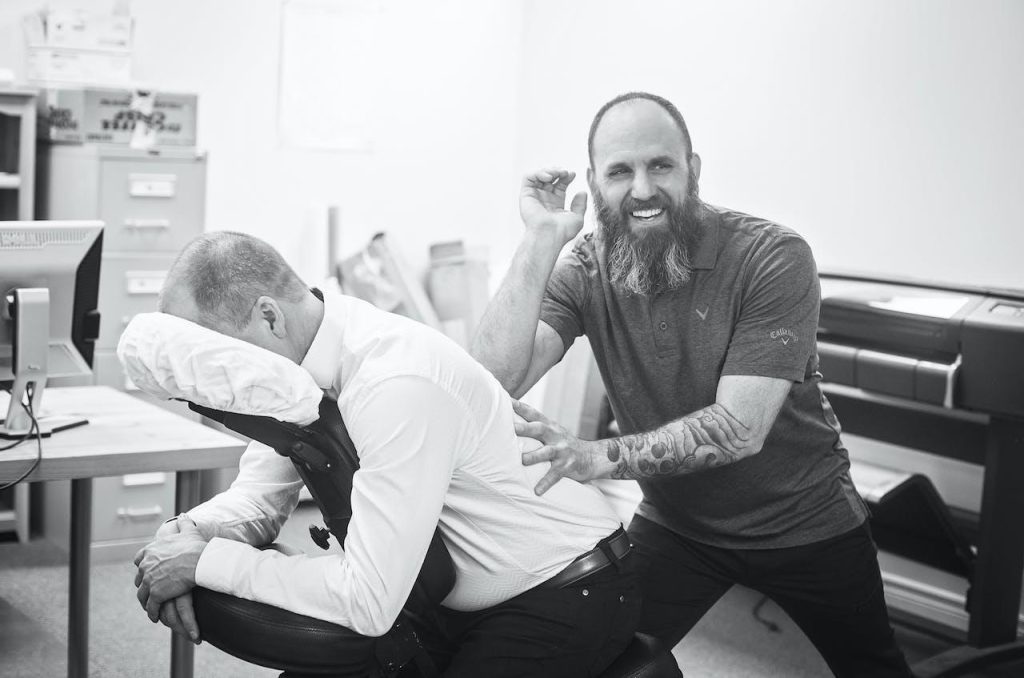Having to deal with back discomfort can be crippling, making it difficult to work out, enjoy daily activities, and work. It’s critical to choose the most effective back pain treatment plan to reduce symptoms and enhance your quality of life. Choosing the best course of action might be intimidating due to the abundance of possibilities.
Consult with a Healthcare Professional
Seeking the best therapy for your back pain begins with speaking with a medical expert who specializes in treating musculoskeletal disorders. A review of your medical history, physical examination, and symptoms can be carried out by a healthcare professional, such as an orthopedic surgeon, physiatrist, or primary care physician, to identify the underlying cause of your back pain and suggest suitable treatment choices.
Prepare a detailed description of your symptoms for your appointment, including the location, degree, and duration of your pain, as well as any aggravating or mitigating circumstances.
Diagnostic procedures like MRIs, CT scans, or X-rays can also be prescribed by your healthcare practitioner to determine the degree of the damage or structural problems causing your back discomfort. If you think you may need consultation from a surgeon, all you need to do is search for the top-rated spine surgeons in Phoenix, if you live in Arizona or add your local city in your search
Explore Conservative Therapies
When it comes to treating back pain, conservative treatments are often the first to be tried and are quite successful at both discomfort relief and function improvement. To reduce discomfort and accelerate recovery, these non-invasive techniques concentrate on treating underlying problems such as muscular imbalances, joint dysfunction, and bad posture.
A key component of conservative back pain management is physical therapy, which combines manual therapy, exercises, and modalities like ultrasound, heat, cold, or electrical stimulation to increase the strength, flexibility, and mobility of the surrounding muscles and spine.
Consider Interventional Procedures
Interventional treatments targeted at certain causes of spine-related pain and inflammation can be beneficial if conservative therapy is insufficient or if your back pain is severe and incapacitating. Interventional treatments include the delivery of medicine directly to the problematic region via the use of minimally invasive methods like injections or nerve blocks.
This promotes healing and provides focused pain relief. Injections of epidural steroids are often used to lessen pain and inflammation brought on by disorders such as degenerative disc disease, spinal stenosis, and ruptured discs. Healthcare professionals can reduce inflammation and block pain signals by injecting a corticosteroid drug into the epidural area around the spinal nerves.
Explore Surgical Options
When conservative treatments or interventional procedures fail to relieve severe or chronic back pain, surgery can be required in some instances. Surgical alternatives for back pain might include decompression surgery, spinal fusion, or artificial disc replacement, depending on the underlying reason for your symptoms.
Parts of bone or tissue are removed during decompression surgery, such as a laminectomy or discectomy, to release pressure on spinal nerves and reduce pain brought on by spinal stenosis, foraminal stenosis, or ruptured discs. Surgeons can alleviate symptoms, including pain, numbness, or paralysis in the arms, legs, or back, by decompressing the damaged nerves.
Prioritize Self-Care and Preventative Strategies
You can control your symptoms and lower your chance of future flare-ups by emphasizing self-care and preventive measures in addition to getting expert treatment for your back pain. Back pain can be prevented, and spinal health can be improved by making little lifestyle changes, including eating a healthy weight, standing or sitting for extended periods, and adopting proper posture.
Exercise regularly is another crucial part of back pain self-care since it increases flexibility, strengthens supporting muscles, and lowers the chance of injury. To improve spinal mobility and cardiovascular health without overstretching your back, use low-impact exercises like swimming, cycling, or walking in your everyday routine.
Conclusion
A comprehensive strategy that targets the underlying cause of your symptoms and combines conservative therapy, interventional procedures, surgery, and self-care techniques is necessary to determine the best course of treatment for your back pain. To get the best results and long-term relief from your back pain, never forget to be proactive in your search for care, speak up for your requirements, and start treating it as soon as possible.

